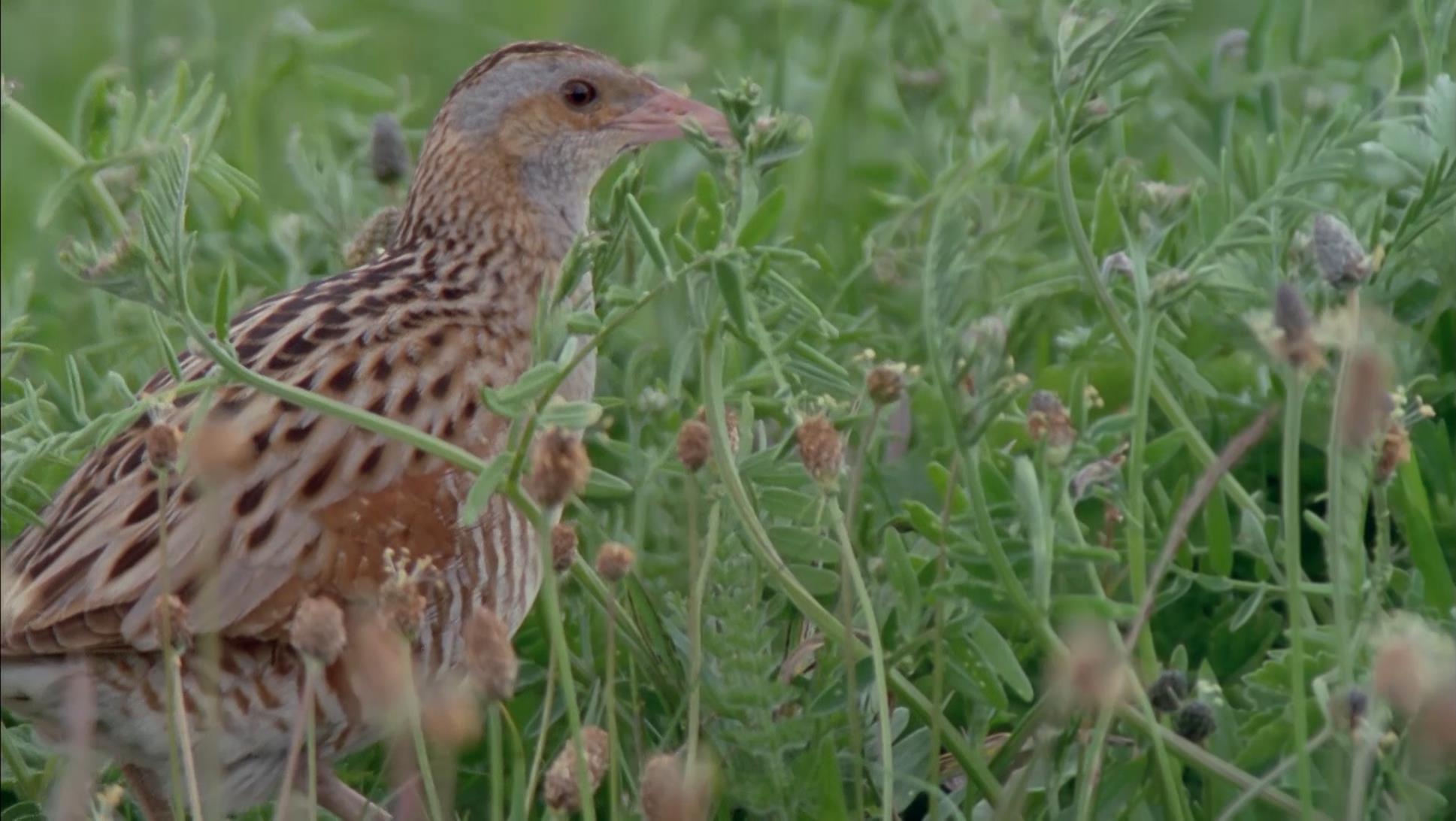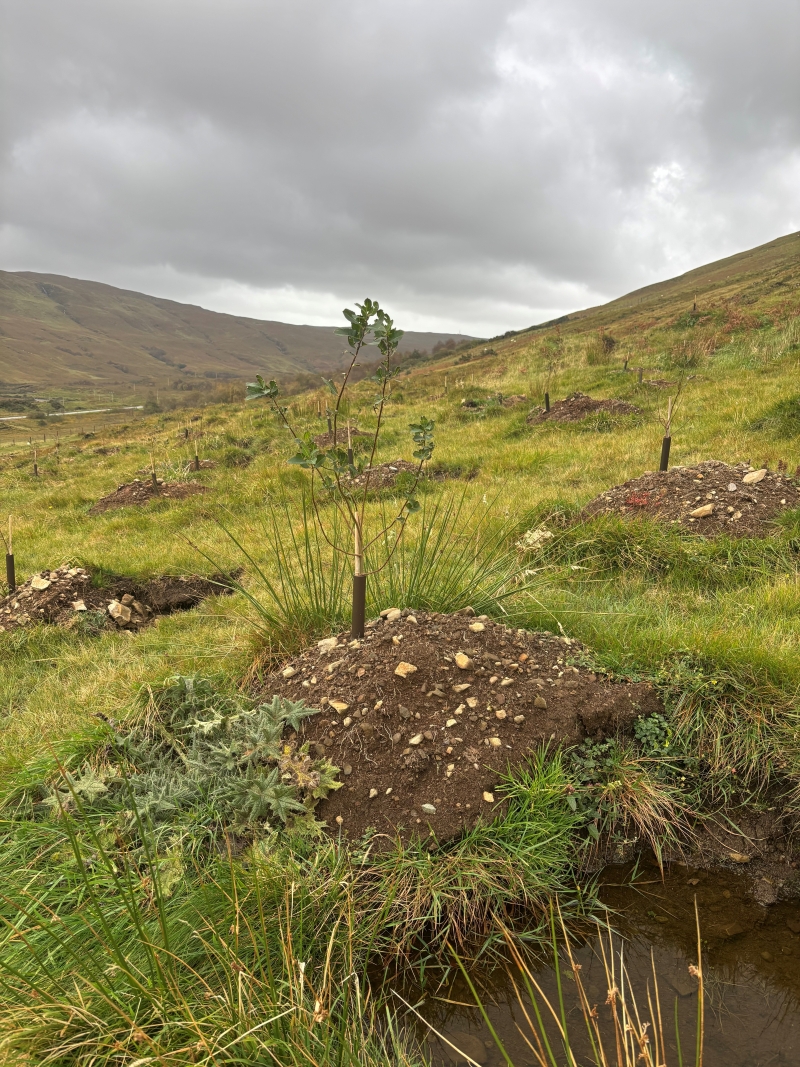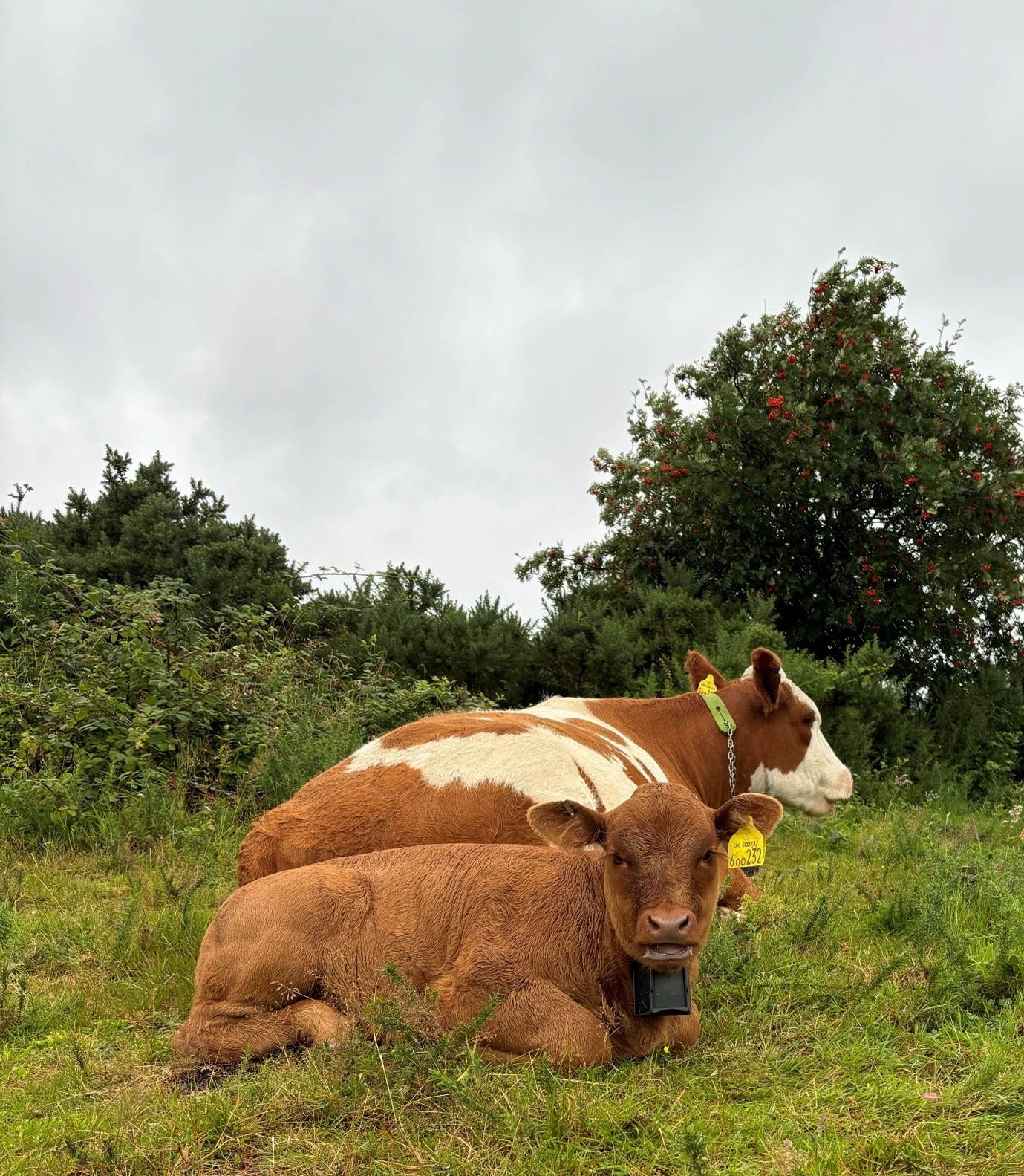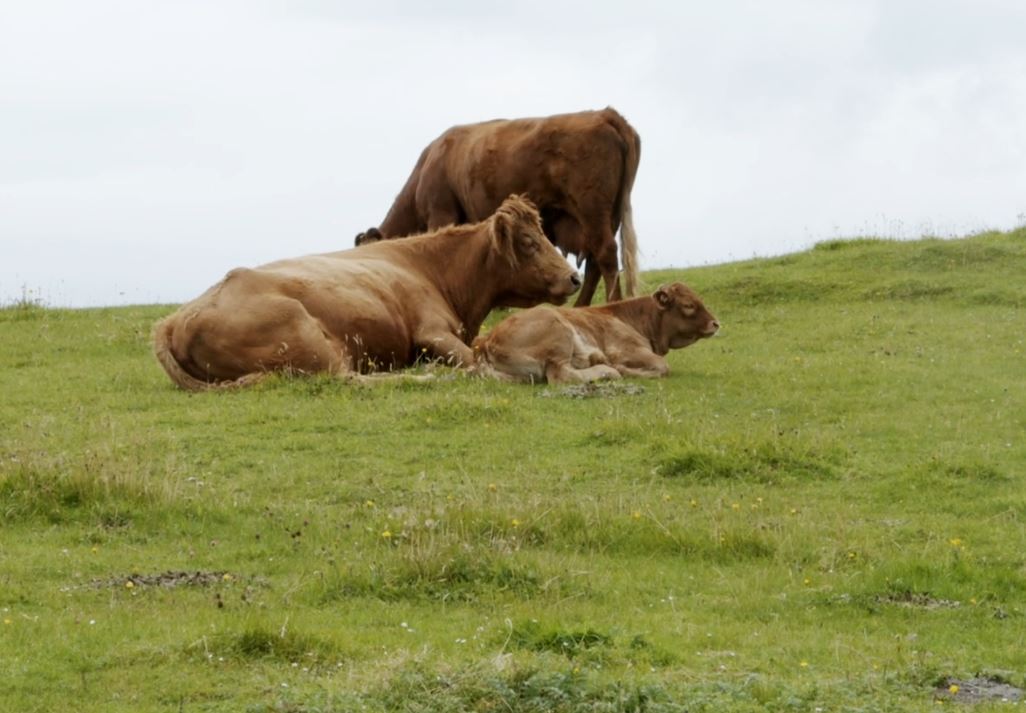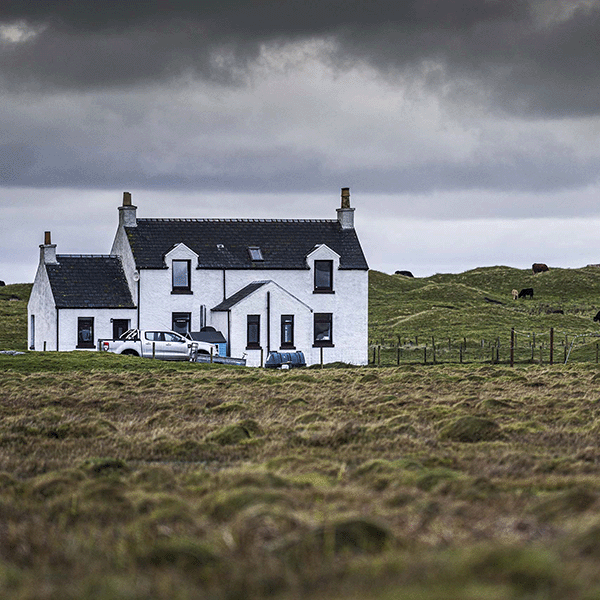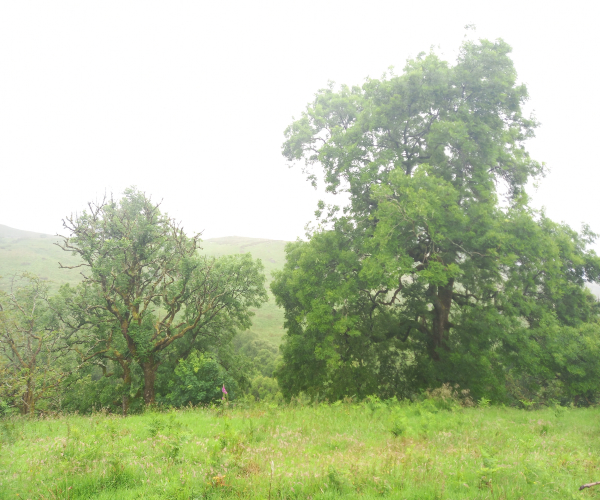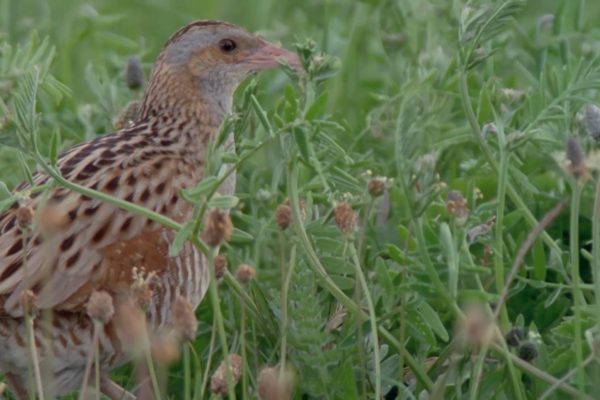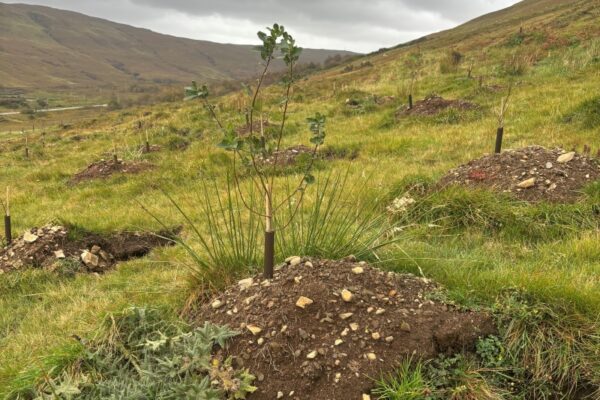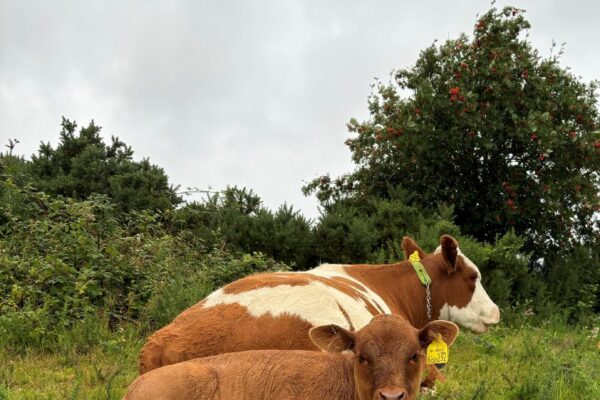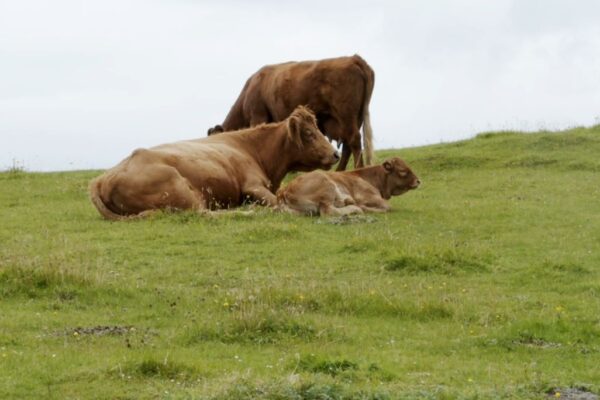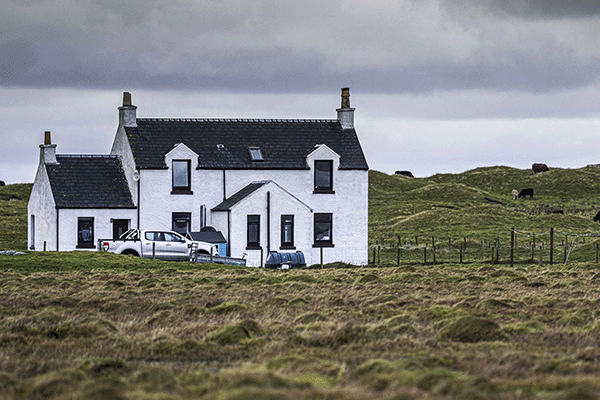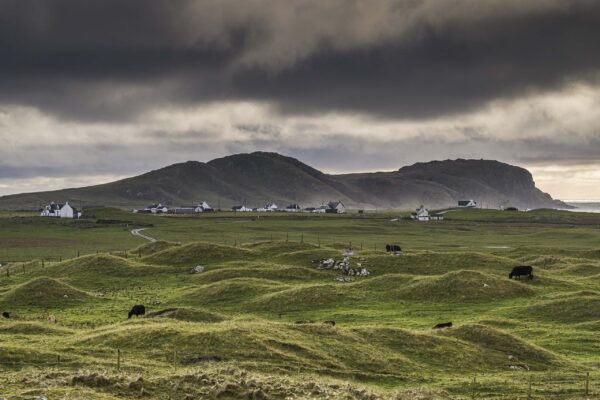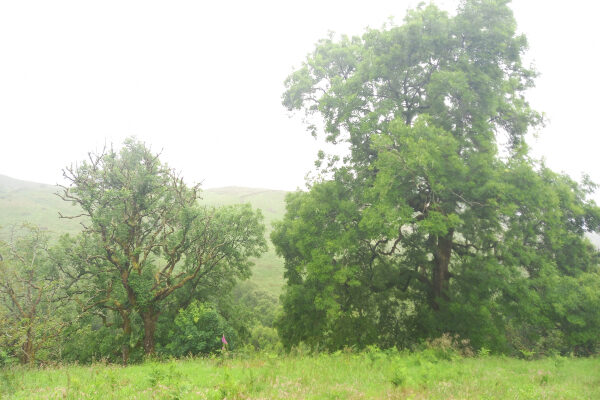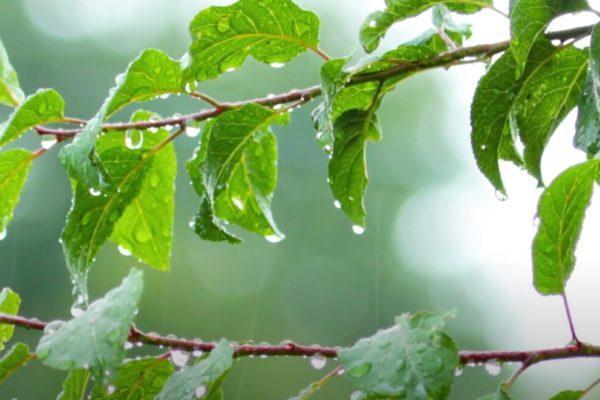Croft Case Study – Woodland Advice
14 October 2025This case study highlights how crofters can make use of the free FAS woodland tool to identify opportunities and utilisation for woodland on their land. The case study explores the MacGillivray’s experience using the FAS woodland tool.
‘’I don’t think any of us appreciated the special nature of the woodland and having The Woodland Trust visit really made us think about what we wanted to do and how we could protect the area for future generations. It provided us with a comprehensive plan and offered valuable suggestions on what would be feasible.’’
About the Croft
Located near Sleat on the Isle of Skye, Half of 13 Aird, situated along a coastal strip that overlooks the isles of Eigg and Rum. The croft coastline is populated with established native woodland, including:
- Rowan
- Hazel
- Oak
- Birch
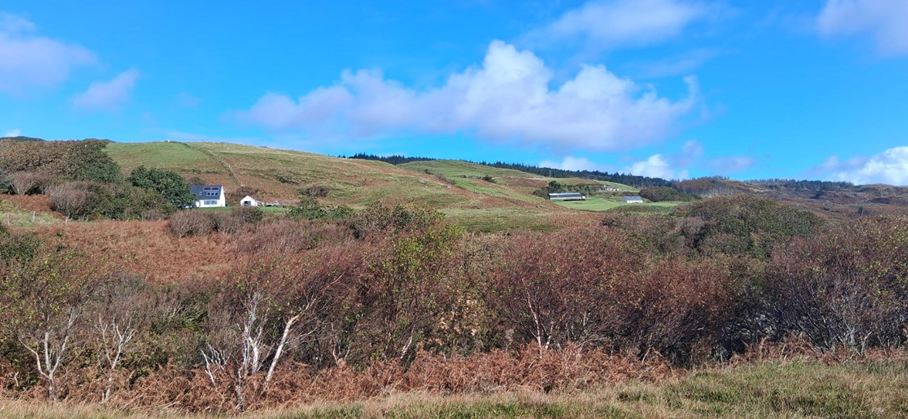
Diverse, species-rich woodland
The woodland that populates the coast can also be identified as a ‘Temperate Rainforest’ sometimes also known as the Atlantic rainforest. The environmental conditions created from the ocean paired with the high rainfall and limited annual temperature discrepancy creates the ideal climate for fungi, lichens and bryophytes. The high levels of these within the woodland in Aird suggests clean air, varied biodiversity and ideal environments for wildlife.
Alisdair MacGillivray adds:
‘’My family have been crofting here in Aird for nearly 200 years and I am grateful to my father for continuing this tradition and managing the crofts. He was always keen to plant shelter belts knowing that they would offer good protection for the stock. More recently, my wife Angela has taken an interest in the woodland area of the croft and contacted the Woodland Trust for advice.’’
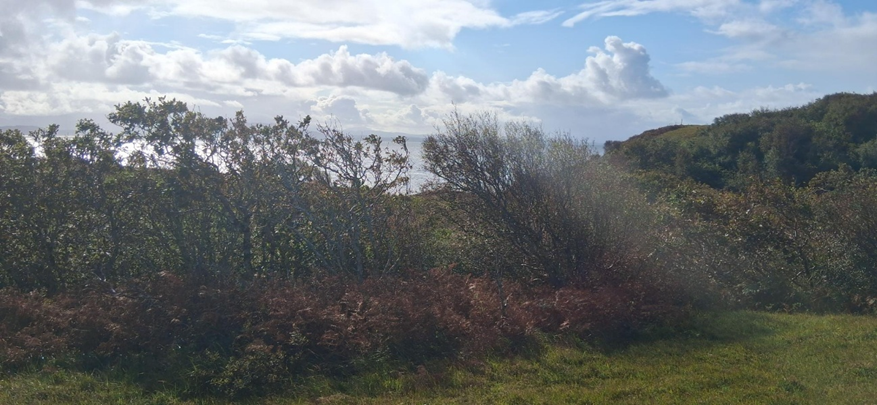
Atlantic rainforest Aird
Woodland Trust Visit
The MacGillivray family had observed many benefits from the established woodland including wildlife sightings, natural shelter, ecological resilience and sustainability. The woodland has been an asset to the family’s native herd in periods of adverse weather.
Gordon Cumming, a representative of the woodland trust conducted a site visit to Mr and Mrs MacGillivray’s croft on the Isle of Skye, and made several suggestions about the next steps they could take.
Next Actions
The MacGillivray’s have taken proactive steps by applying for 295m of the supply of hedgerow plants and a stockproof fence for protection through the FFIS (Future Farming Investment Scheme) currently they are still waiting to hear on the outcome of this application. Gordon recommended planting hedgerows for shelter belts; the species recommended for the hedgerows included hawthorn, blackthorn, hazel, crab apple, dog rose, elder and holly. These species were recommended for their resilience to the prevailing wind and rain typical of Skyes west coast climate.
Alisdair and Angela have continued learning about woodland and attended a series of workshops run by the Broadford Community Tree Nursery, where they learned about propagating trees and the benefits of shelterbelts on the croft.
“The main take away for me was understanding the time and commitment involved, the importance of provenance when planting trees, and just how beneficial woodland and hedgerow areas are for stock, and vice-versa’’
Christina Macinnes, SAC Consulting
Related Resources
Sign up to the FAS newsletter
Receive updates on news, events and publications from Scotland’s Farm Advisory Service

